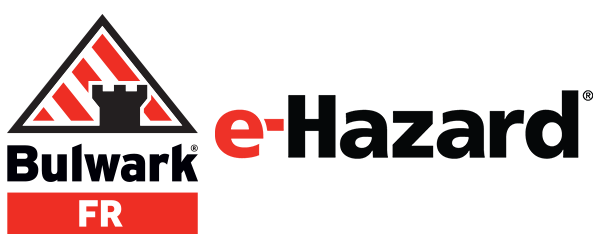Webinars
Webinar
Lockout/Tagout: How to Put OSHA’s Requirements into Practice
6/13/24 12:00 pm to 1:00 pm CDT
Webinar
Building Trust: Fostering Psychological Safety in the Workplace
6/6/24 12:00 pm to 1:00 pm CDT
Webinar
OSHA’s New Walkaround Rule: What You Can – and Can’t – Do, and How to Prepare
5/23/24 12:00 pm to 1:00 pm CDT
Webinar
Fall Prevention: Best Practices for the 3 Main Types of Hazards
5/16/24 12:00 pm to 1:00 pm CDT
Webinar
Hazardous and Universal Waste: Cradle-to-Grave, are you in compliance?
4/18/24 12:00 pm to 1:00 pm CDT










